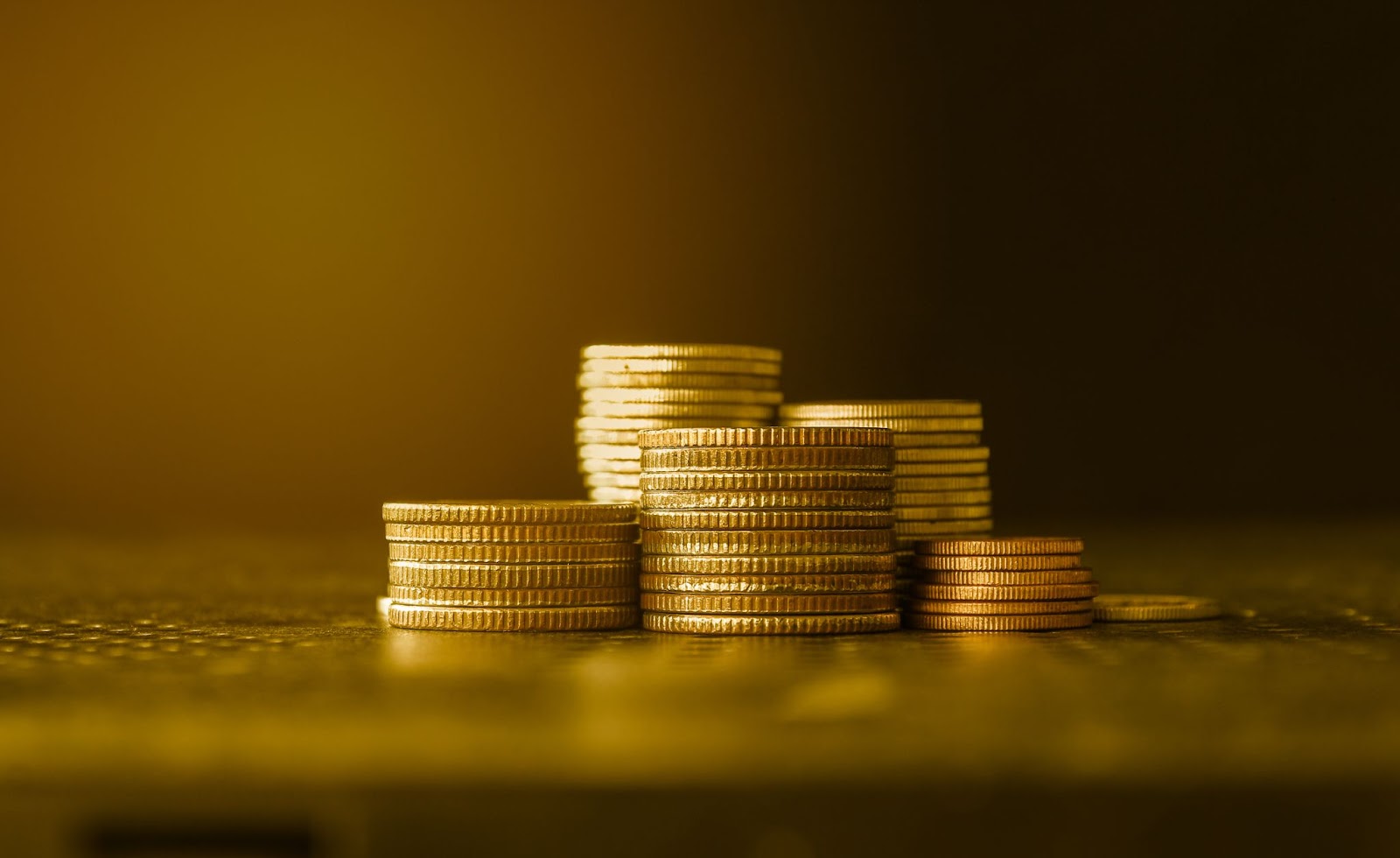We’ve all heard stories of individuals making it big (or, in these cases, earning it big) with a small coin or some other piece(s) of legal tender. Have you ever wondered how instances of this — seemingly effortless — financial success came to be? You may even be thinking of an old Loan Collection that was passed down through family generations currently sitting in your attic, with half a mind to determine if any of its contents are good for a hefty sum of cash in your pocket. At any rate, it’s important to learn more about what factors into the value of gold coins. Value being the operative word here, as there are a few facets of the idea to be aware of.
Face and Intrinsic Value
“Never judge a book by its cover,” the age-old saying cautioning those from making knee-jerk assumptions, is a fine rule of thumb for everyday life. But, it also happens to be an applicable saying when it comes to discussing the differences between a coin’s face value, and its genuine worth. Distinguishing between face and the actual value (regarded as intrinsic value) can be challenging because one isn’t always greater than the other — and putting opposite examples side by side may surprise you. One iteration, in which the face value of a coin is far less than its current worth, is the most advantageous scenario. For example — a one-ounce American Gold Eagle with a face value of $50 has a current ask purchase price in the neighborhood of $2k. On the other hand, a U.S. dollar coin with a face value of — you guessed it; one dollar — is comprised of metal content that, if melted down, is only worth around 10 cents. A coin’s rarity may or may not significantly compound in value to fund your next vacation, either.
While the lines of a gold coin’s face and intrinsic value may become blurred, comprehending the differences between the two is imperative for sellers, collectors, and investors alike.
Determining a Gold Coin’s Intrinsic Value
A gold coin’s face value is easy to gather. Calculating its actual worth? That requires a more intimate understanding of several factors, including:
- Melt value (based on gold content)
- Mint year
- Grade and condition
- Scarcity or rarity
- Collectability (such as a commemorative coin)
- Historic value and notable aesthetic features
Suffice it to say, the actual value of a coin is not something you’ll pick up on at first glance — and doing your own research based on your specific item is very much an “at your own risk” endeavor. The best way to ensure you get a great deal? Turn to The Jewelers & Loan Co.!
Looking to Sell Old Coins in Boston? Turn to a Trusted Coin Dealer!
When it comes time to sell your gold coins, you can put your faith in our coin dealer to offer a fair offer based on gold’s spot price — not merely the face value of the item. This means that if the gold price increases over the period you own it, you’re in the making for a hearty profit!
For more information about the market price of gold and silver coins or other precious metals or to sell gold coins, reach out to our team today.
